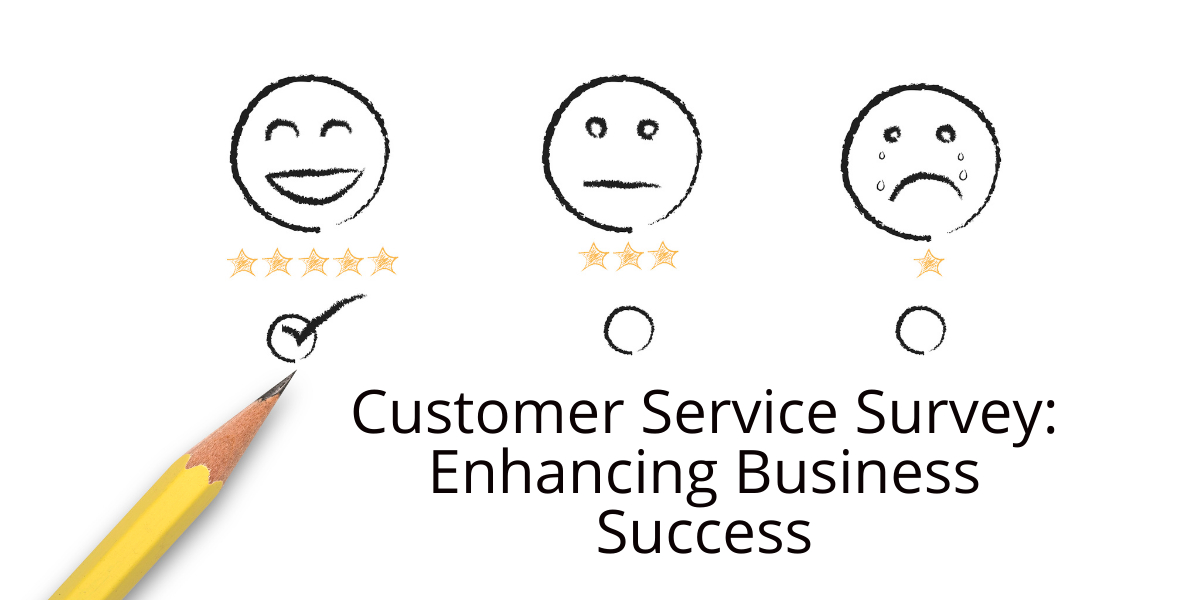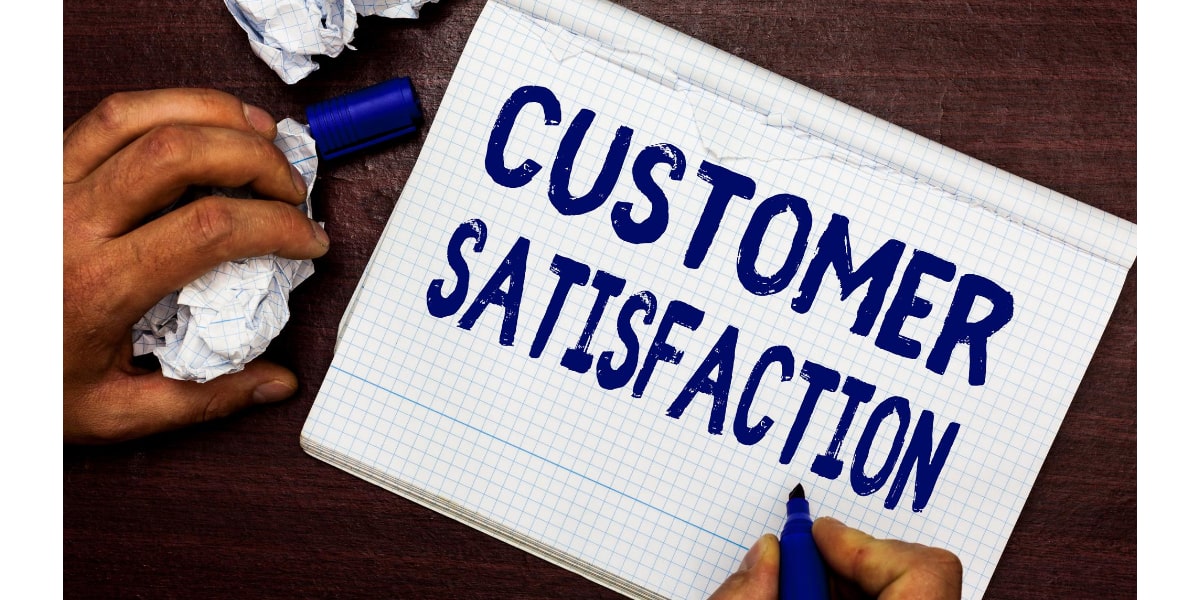Customer Service Survey: Enhancing Business Success
Introduction
In today’s competitive business landscape, providing exceptional customer service is vital for the success of any organization. One of the key tools to measure customer satisfaction and identify areas for improvement is conducting customer service surveys. These surveys allow businesses to gather valuable feedback directly from their customers, enabling them to make data-driven decisions and enhance their overall customer experience.
Importance of Customer Service Surveys
Customer service surveys play a pivotal role in understanding customer preferences, expectations, and concerns. By collecting feedback through surveys, businesses gain insights into their customers’ satisfaction levels, which helps them identify gaps in their service offerings and make necessary improvements. Surveys serve as a powerful means to gauge customer loyalty, identify potential brand advocates, and foster long-term customer relationships.
Types of Customer Service Surveys
There are various types of customer service surveys that can be employed based on the specific goals and requirements of a business. Some common types include:
- Customer Satisfaction Surveys (CSAT): CSAT surveys measure overall customer satisfaction levels with specific products, services, or interactions with the company.
- Net Promoter Score (NPS) Surveys: NPS surveys measure customer loyalty and the likelihood of customers recommending the company to others.
- Customer Effort Score (CES) Surveys: CES surveys evaluate the ease of customers’ interactions with a company, aiming to reduce customer effort and improve satisfaction.
Designing Effective Surveys
Designing effective customer service surveys is crucial for obtaining accurate and meaningful data. Here are some essential considerations:
Keep it Short and Simple (KISS)
Aim for concise and straightforward survey questions that are easy for customers to understand and answer.
Use a Variety of Question Types
Incorporate a mix of multiple-choice, rating scales, and open-ended questions to capture different aspects of the customer experience.
Prioritize Relevant Questions
Ensure that the survey focuses on key areas that align with your business objectives, avoiding unnecessary questions that may lead to survey fatigue.
Consider the Order and Flow
Arrange questions logically and coherently, following a logical flow that makes it easier for customers to provide accurate responses.
Best Practices for Survey Distribution
Once the survey is ready, it’s crucial to implement effective strategies for survey distribution to ensure maximum response rates. Consider the following best practices:
Choose the Right Timing
Send surveys at an appropriate time, such as shortly after a customer interaction or purchase, to capture their experience while it is still fresh in their minds.
Utilize Multiple Channels
Leverage various channels, including email, website pop-ups, social media, and SMS, to reach a broader customer base and increase response rates.
Offer Incentives
Consider offering small incentives or rewards to customers who complete the survey, as it can motivate them to participate and provide honest feedback.
Collecting and Analyzing Survey Data
Collecting survey responses is just the first step. Analyzing the data collected is equally crucial for gaining actionable insights. Here’s how you can effectively collect and analyze survey data:
Centralize Data Collection
Use a centralized system or survey tool to collect and organize all the survey responses, making it easier to analyze and identify trends.
Quantitative and Qualitative Analysis
Combine quantitative analysis, such as calculating average scores and percentages, with qualitative analysis by identifying recurring themes and sentiments in open-ended responses.
Utilizing Customer Feedback
Once you have collected and analyzed the survey data, it’s time to put the feedback into action. Here’s how you can utilize customer feedback effectively:
Identify Improvement Opportunities
Identify areas where your customers have expressed dissatisfaction or suggested improvements. Prioritize these areas and develop strategies to address them.
Communicate Findings Internally
Share the survey findings with relevant teams within your organization, such as customer service, product development, or marketing, to ensure everyone is aware of customer sentiments and can contribute to improvements.
Improving Customer Service Based on Survey Results
Survey results should act as a roadmap for improving customer service. Here are some steps to take based on the survey findings:
Address Service Gaps
Implement changes or initiatives to address any identified service gaps and pain points highlighted in the survey. This could involve refining processes, training staff, or enhancing product offerings.
Personalize the Customer Experience
Use the survey data to personalize interactions with customers. Tailor communication and offerings based on their preferences and feedback to create a personalized and memorable experience.
Measuring Customer Satisfaction
Customer satisfaction is a critical metric for any business. Here’s how customer service surveys help measure and track satisfaction:
CSAT Scores
Use customer satisfaction surveys to calculate CSAT scores, which indicate the overall satisfaction levels of your customers.
Benchmarking Against Industry Standards
Compare your CSAT scores with industry benchmarks to understand how your business performs relative to competitors and identify areas for improvement.
Tracking Customer Loyalty
Customer loyalty is crucial for long-term business success. Customer service surveys can assist in tracking and improving loyalty:
NPS Scores
Utilize Net Promoter Score surveys to measure customer loyalty and gauge the likelihood of customers recommending your business to others.
Identifying Promoters and Detractors
Identify brand promoters and detractors through NPS surveys. Engage promoters and address the concerns of detractors to nurture customer loyalty.
Enhancing Customer Experience
Customer service surveys provide invaluable insights for enhancing the overall customer experience. Here’s how to leverage the survey data to make impactful improvements:
Personalize Interactions
Utilize customer feedback to personalize interactions with customers, tailoring offerings and recommendations to their specific needs and preferences.
Implement Continuous Improvement Strategies
Establish a culture of continuous improvement based on customer feedback. Regularly review survey results, make necessary adjustments, and strive for excellence.
Common Challenges in Conducting Surveys
Conducting customer service surveys may come with certain challenges. Here are some common hurdles to be aware of:
Survey Fatigue
Customers may experience survey fatigue if they are repeatedly asked to participate in surveys. Ensure you strike a balance between gathering feedback and respecting their time.
Low Response Rates
Getting customers to respond to surveys can be challenging. Implement strategies such as clear communication, incentives, and personalized requests to increase response rates.
Overcoming Survey Implementation Hurdles
To ensure the successful implementation of customer service surveys, consider the following tips:
Test Surveys Before Launch
Perform test runs of the survey to ensure it functions smoothly and captures the intended data accurately.
Communicate the Survey’s Purpose
Clearly communicate the purpose and benefits of the survey to customers. Assure them that their feedback will be used to improve their experience.
Conclusion
Customer service surveys are indispensable tools for businesses aiming to enhance their customer experience and drive success. By designing effective surveys, collecting and analyzing data, and utilizing customer feedback, organizations can gain valuable insights, improve customer satisfaction, and foster customer loyalty. Embracing customer feedback as a catalyst for positive change allows businesses to stay ahead in a competitive marketplace.










